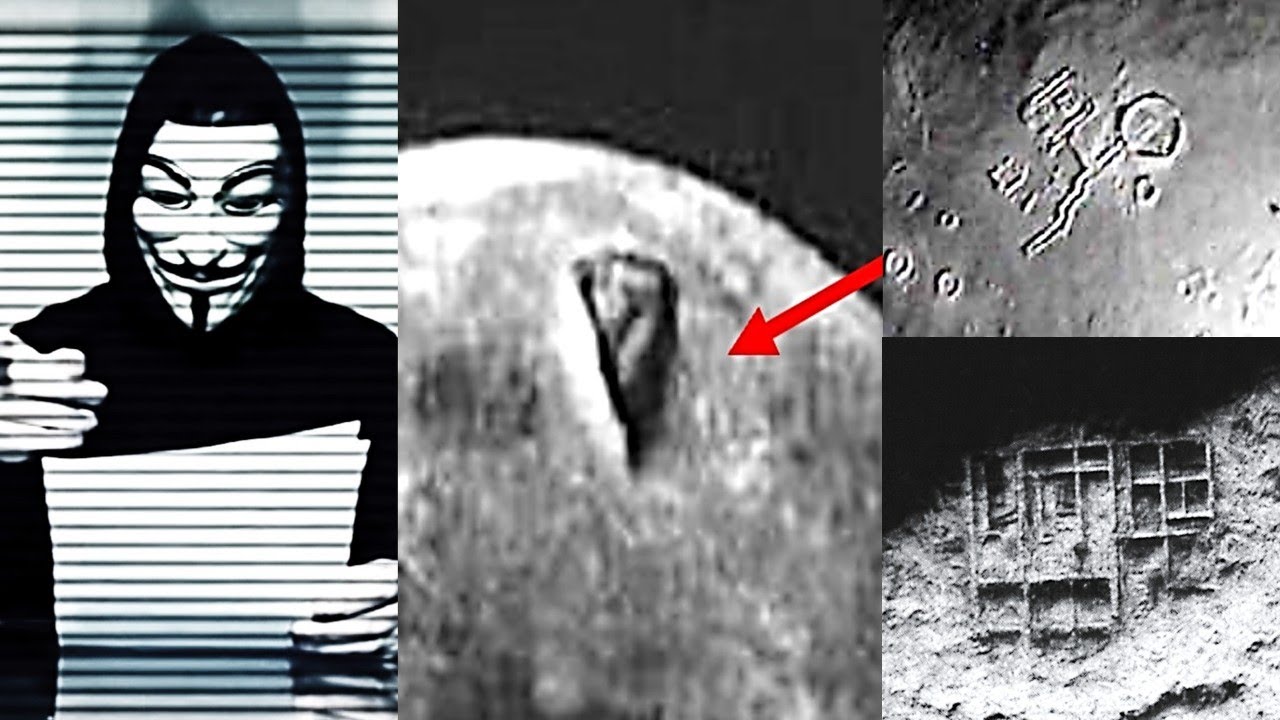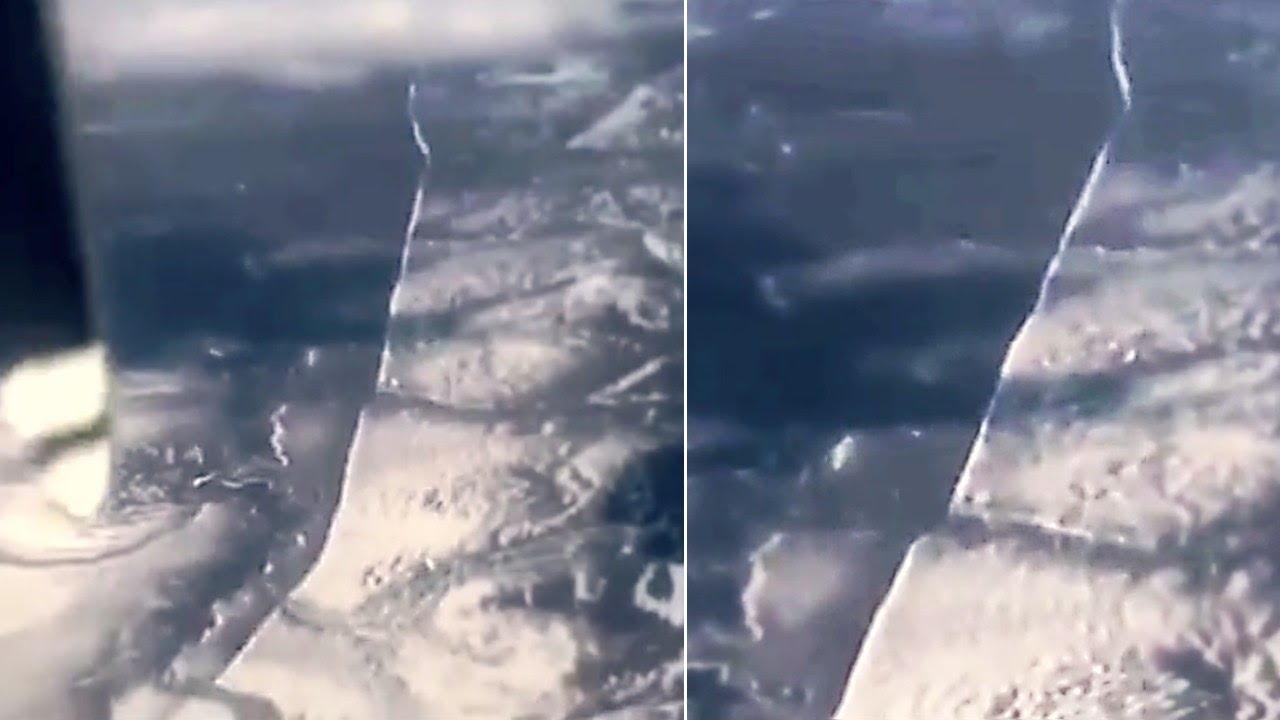**Headline: Brace for Impact: Scientists Warn of Impending Tsunami Catastrophe on the U.S. West Coast**

As the Pacific Northwest braces for an ominous seismic threat, scientists are sounding the alarm: a catastrophic tsunami triggered by a massive earthquake is not a matter of “if,” but “when.” Researchers are closely monitoring the Cascadia subduction zone, a colossal fault line stretching from Northern California to British Columbia, which has remained ominously quiet for over 300 years. Experts warn that this geological time bomb is primed to unleash a seismic event with the potential to devastate coastal communities.

Recent studies have indicated that a major earthquake, with a magnitude between 8.0 and 9.0, could rupture the Cascadia fault line at any moment. Such an event would not only shake the Pacific Northwest but also generate a tsunami that could send waves soaring as high as 100 feet toward the coast. The consequences would be catastrophic, flooding communities, obliterating infrastructure, and leading to staggering casualties. According to the Federal Emergency Management Agency (FEMA), over 5,800 lives could be lost in the earthquake alone, with an additional 8,000 casualties expected from the ensuing tsunami.
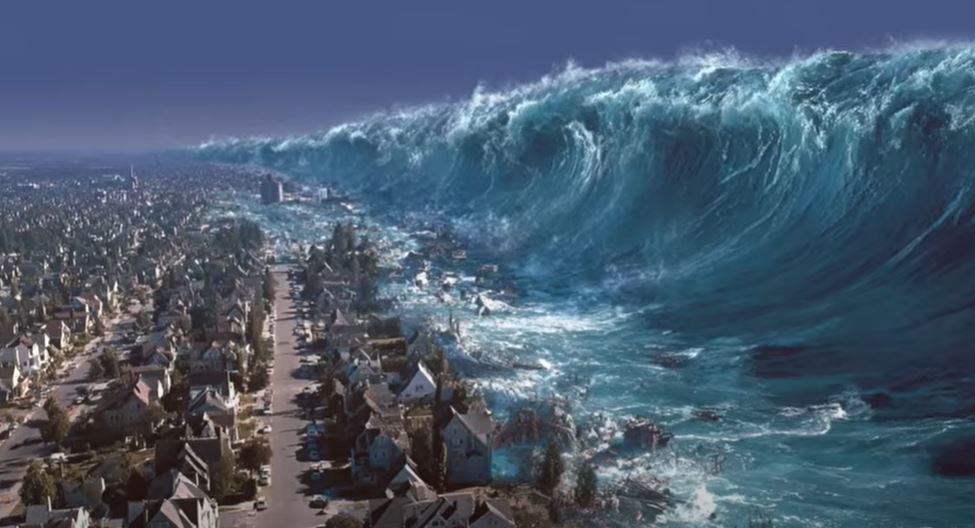
The urgency of this warning is exacerbated by rising sea levels, which scientists believe could amplify the destruction. A recent study published in the *Proceedings of the National Academy of Sciences* reveals that by 2100, the combination of tectonic subsidence and rising seas could triple the number of residents, buildings, and roadways at risk of tsunami flooding. Lead author Tina Dura emphasizes that the longer the earthquake is delayed, the more devastation will ensue when it finally strikes. “The sooner it happens, the better,” she stated, highlighting the paradoxical reality that delaying the inevitable could lead to even greater destruction.
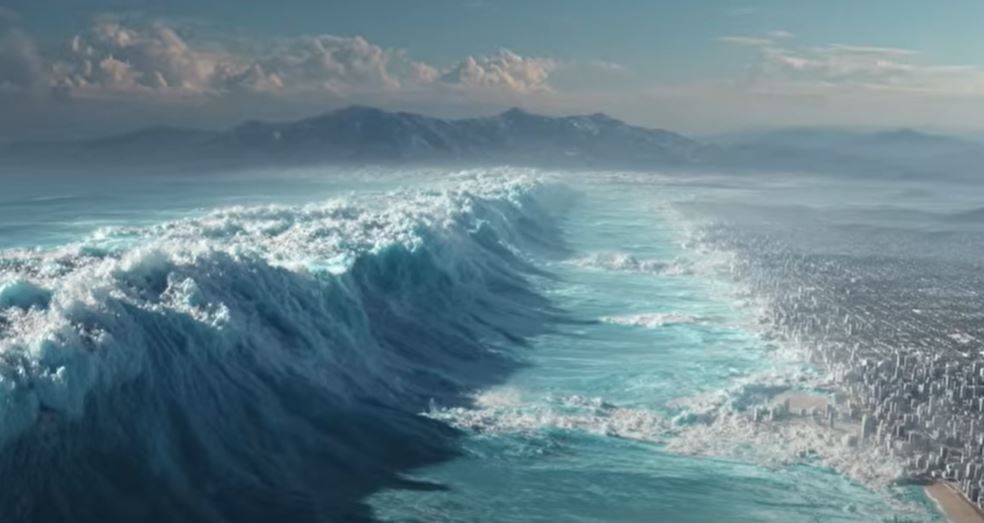
The last significant rupture of the Cascadia subduction zone occurred on January 26, 1700, resulting in a tsunami that traveled across the Pacific Ocean and reached Japan. Historical accounts detail the complete destruction of a village at Pacina Bay, offering a haunting reminder of the potential devastation. Today, with the statistical likelihood of a major earthquake striking within the next 50 years estimated at 37%, the urgency for preparedness is palpable.
Coastal communities from Northern California to British Columbia face serious risk. Entire towns along the shores of Oregon and Washington could be submerged, while critical infrastructure such as highways, hospitals, and schools in low-lying areas would be overwhelmed. Emergency response efforts would be complicated by blocked roads and widespread displacement, resulting in an economic and emotional toll that could reverberate for generations.
Despite the clear and present danger, many communities along the West Coast remain woefully unprepared for an event of this magnitude. While tsunami awareness campaigns and warning systems have been installed in some areas, many towns lack evacuation routes, vertical shelters, and up-to-date risk assessments. Scientists argue that public awareness and infrastructure improvements are essential to mitigate the impending threat.
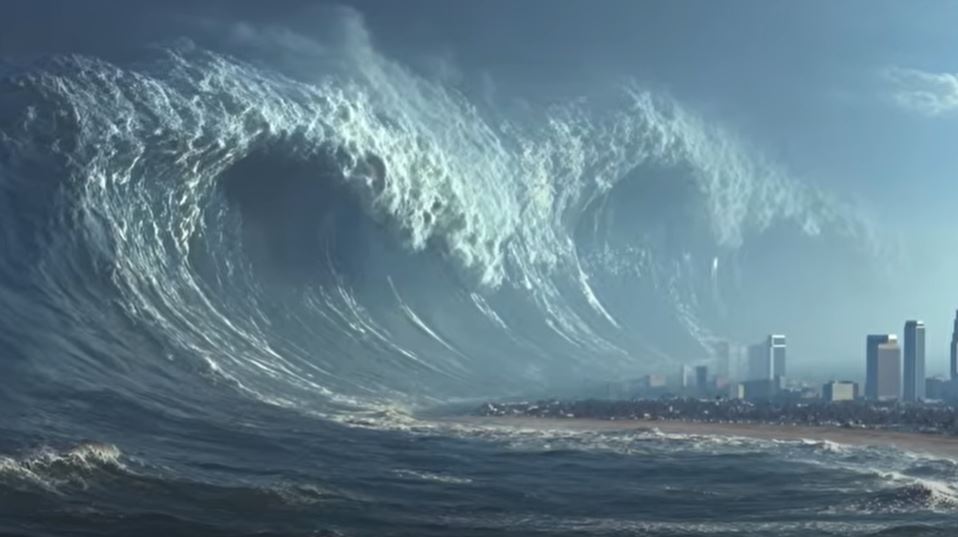
Adding to the urgency, the Cascadia subduction zone does not exhibit the warning tremors typical of other faults, like the San Andreas. This unique characteristic makes forecasting especially challenging, underscoring the need for readiness even in the absence of warning signs. Scientists like Dura are calling on lawmakers, emergency managers, and the public to treat this threat with the seriousness it deserves.
The time to act is now. With the technology to model these risks more accurately than ever before, the data is clear, and the stakes are high. As the West Coast stands on the precipice of a potential disaster, the call for preparation and resilience has never been more critical. The clock is ticking, and communities must unite to face this geological ticking time bomb before it’s too late.

